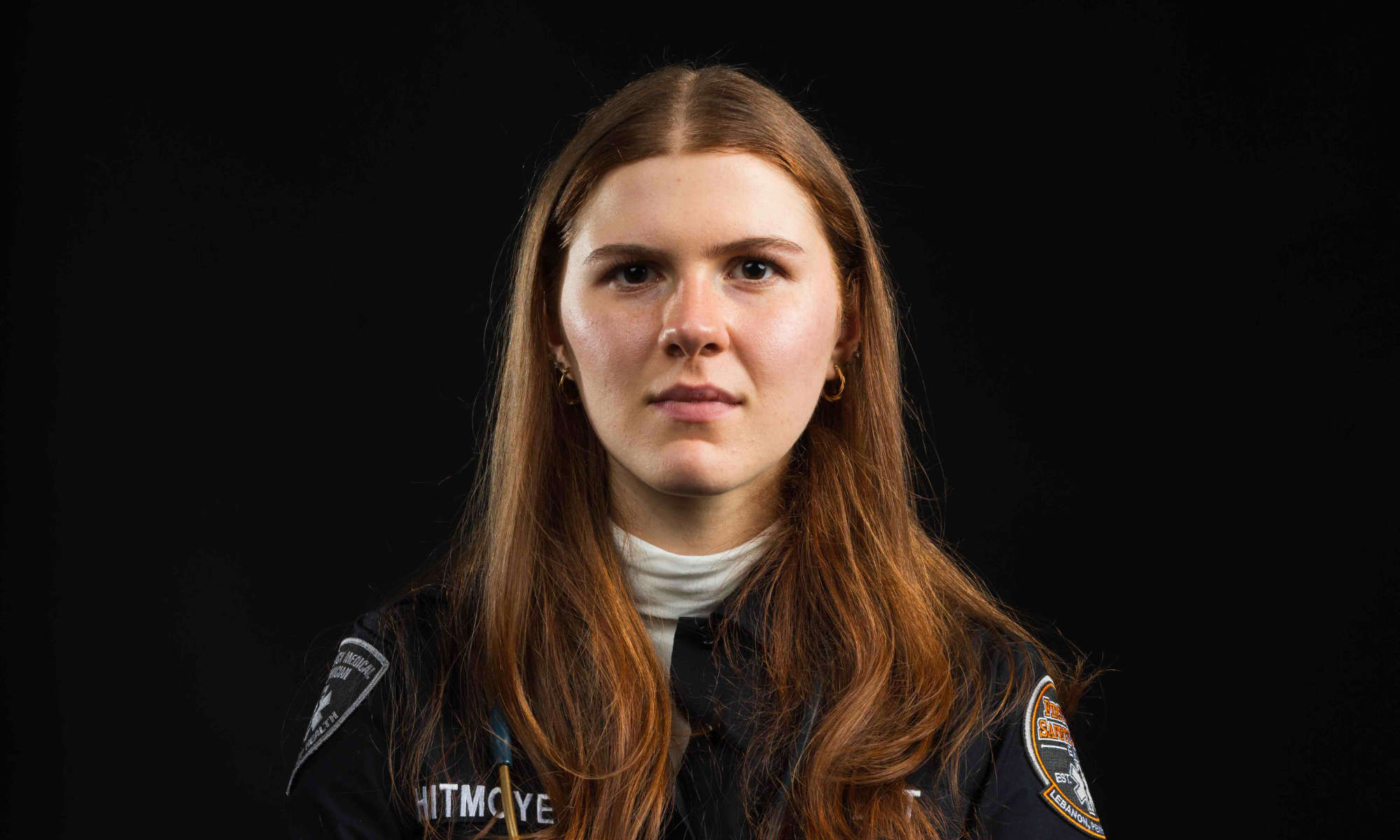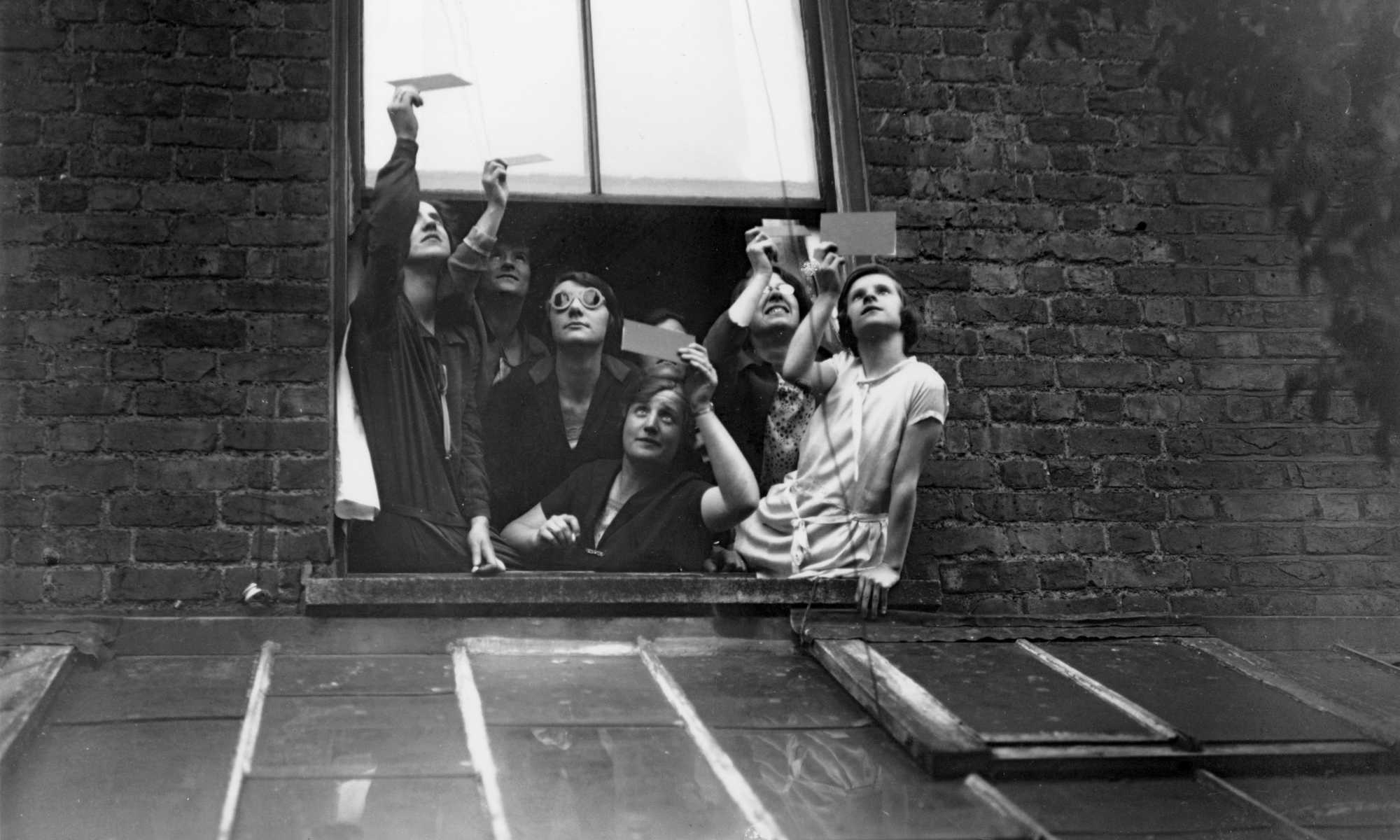
Meghan Patrick’s goal is to help in the development of sustainable energy. That’s why the rising senior in mechanical engineering at the University of Rochester is excited to be in the lab of Douglas Kelley this summer, working on a project that “is right up my alley.”
Kelley, an assistant professor of mechanical engineering, received a coveted National Science Foundation CAREER grant to study the use of liquid metal batteries on a scale large enough to power entire cities or regions in conjunction with solar and wind power. Specifically, he’s looking at how the flow of fluids in those batteries affects their ability to perform as a backup source of energy when clouds or calm conditions interrupt solar and wind production.
“We want our energy grids to be stable. But to keep them stable with lots of intermittent wind and solar generation, you will also need stored energy that can charge and discharge seamlessly on the grid to ensure efficient operation,” Kelley says.
Patrick, a Xerox Engineering Research Fellow, is helping the lab figure out where to place ultrasound probes in liquid metal batteries in the lab. These probes can then capture detailed measurements of how fluids flow in those batteries and how that affects their performance.
The lab could then create mathematical models that predict battery efficiency and stability in the field—where probes are impractical—based solely upon what an operator would know: how much current is running, the amount of charge, the temperature.
“Right now we’re using a single probe in one of the three layers [of a liquid metal battery], so we can’t really characterize what’s happening above and below and to both sides,” Patrick explains. “By looking at different flow patterns, and what we can expect to see, I’m trying to figure out where to put a second, or third, or fourth [probe] to better analyze the flows.”
As part of this work, she regularly employs MATLAB, Creo CAD software, hands-on experimentation, and machine shop fabrications.
Patrick’s time as a Xerox Fellow has given her unique insights about the research process, ones she never would have gained otherwise.
“You have to use all the resources available,” she says. “You talk to all the members of the team about their perspective on things. You do a lot of reading of scholarly articles. You might have to dig through a 20-page article to find one little paragraph that addresses the specific thing you’re thinking about. You have to look at different software packages, at different ways to solve a problem.”
Her experience this summer will also help her answer the question nearly all engineering seniors confront as graduation nears: Will you go into industry or graduate school?
Patrick spent last summer as an intern at Raytheon, the defense contractor. Now she’s “learning what the community of research looks like.”
“I really wanted to see both sides so I can make an more educated decision next year.”



